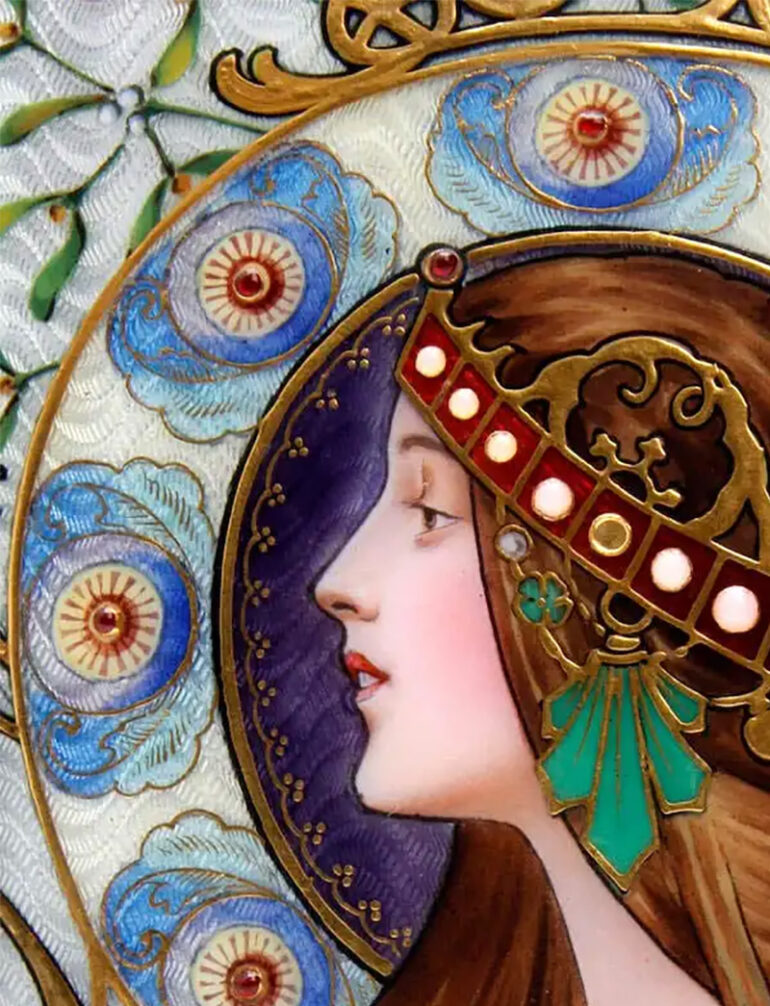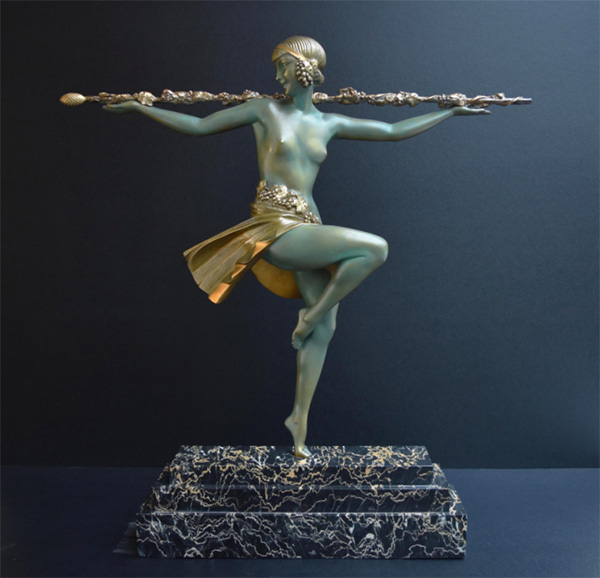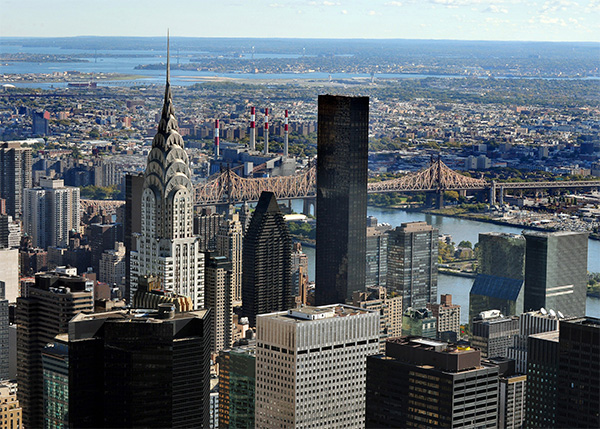Around the late 19th and into the early part of the 20th century, two revolutionary design and art movements initially took hold of the art communities in Europe and the United States. Their names sounded similar, Art Deco and Art Nouveau. They have many similarities, having been born during the industrial revolution. They rose from humble beginnings but spread throughout the world, changing the cultural landscape forever. Their styles spread across various disciplines, from jewelry to stained glass, architecture, painting, and book illustration, which is why many people thought they were similar.
But they are not the same because the art movements were created in different eras with different intents.
The rise of applied arts
Art academies ruled over the general principle of art all over Western Europe for several centuries. Thus, the hierarchy considered painting and sculpture the highest art forms. Accordingly, decorative arts and design were relegated as lower forms of art. The segregation caused a huge gap between applied and fine arts.
But despite the hierarchy, it did not prevent the birth of Art Nouveau and Art Deco. For one thing, the industrial revolution led to highly-mechanized production, which led artists to revive the era of quality craftsmanship.
Features and characteristics of Art Nouveau
The art community gave the modernist movement that prevailed between 1890 and 1914 the label Art Nouveau.
The Art Nouveau style is organic with flowing forms and shapes. Most designs are exaggerated and elongated to intensify the dramatic effect. Artists drew inspiration from nature, imitating the lines and curves of flower and plant forms. For Art Nouveau, continuity and seamlessness are vital concepts the artists get from nature. The concepts reflect Art Nouveau’s aim to connect different applied and visual arts forms seamlessly.
Art Nouveau’s defining feature is the whiplash curl, an ornamental “S” shape that hints at sinuous dynamism. This confident, bold shape marked art and design’s departure from past conventions. The whiplash curl became a mark of artistic freedom, reflecting the liberating spirit of this particular art movement. Art Nouveau artists were inspired by the geometric and organic forms and created flowing and elegant designs, focusing on contours and using muted tones, with additional influence from Japanese prints gaining interest back then.
Features and characteristics of Art Deco
Art Nouveau focused on sinuous movement, with curls and swirls dominating the design. As the movement faded before WWI, decorative artists rose in status, following the rise in social and technological progress and wealth because the luxury industry became widespread. It became an opportunity to establish the Art Deco movement, heavily influenced by the industrial revolution. Again, the designs reflected the economic environment, as they became more streamlined and symmetrical, reflecting machine-made objects, which they enhanced to become more aesthetically appealing. The best examples of Art Deco design are William Van Alen’s Chrysler Building and the Empire State Building, designed by Shreve, Lamb & Harmon.
Rectilinear shapes, zigzags, vertical lines, and other shapes echoed the technology that form part of many Art Deco designs. To emphasize the modern look, designers used modern materials, such as glass, aluminum, and stainless steel, all giving a high sheen to accentuate a modern look.
Originating from various locations
Art Nouveau and Art Deco spread worldwide, but each had different places of origin. Art Nouveau, which came first, began in rural England, emphasizing traditional craftsmanship and plant forms as inspired by the Arts and Crafts movement. Later, Art Nouveau reached Austria and the rest of Europe before crossing the oceans to reach the U.S.
On the other hand, Art Deco, which gained roots after WWI, was founded in Paris by Hector Guimard. Like Art Nouveau, Art Deco gained wide acceptance in Europe and eventually reached the United States, establishing a niche in New York’s era of the Jazz Age of the 1930s.
Art Nouveau prevailed in pre-war society from 1880 to 1914 when everything was on escapism and whimsical romance. However, Art Deco was established after the war, and most consider it a post-war celebration, the birth of a hard-edged style of modernism. Because it celebrated the end of a conflict, the era was filled with parties, jazz music, and vaudeville.
Photo Attribution:
1st & featured image by https://cdn.thecollector.com/wp-content/uploads/2022/01/art-nouveau-enamel-design.jpg?width=1400&quality=55
2nd image by https://gallerease.com/images/01bf3fcc-4111-4856-8d5b-dc383ce99d9b/schermafbeelding-2020-08-28-om-182056.png


